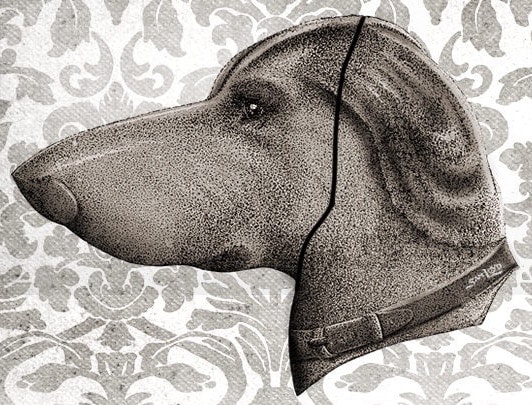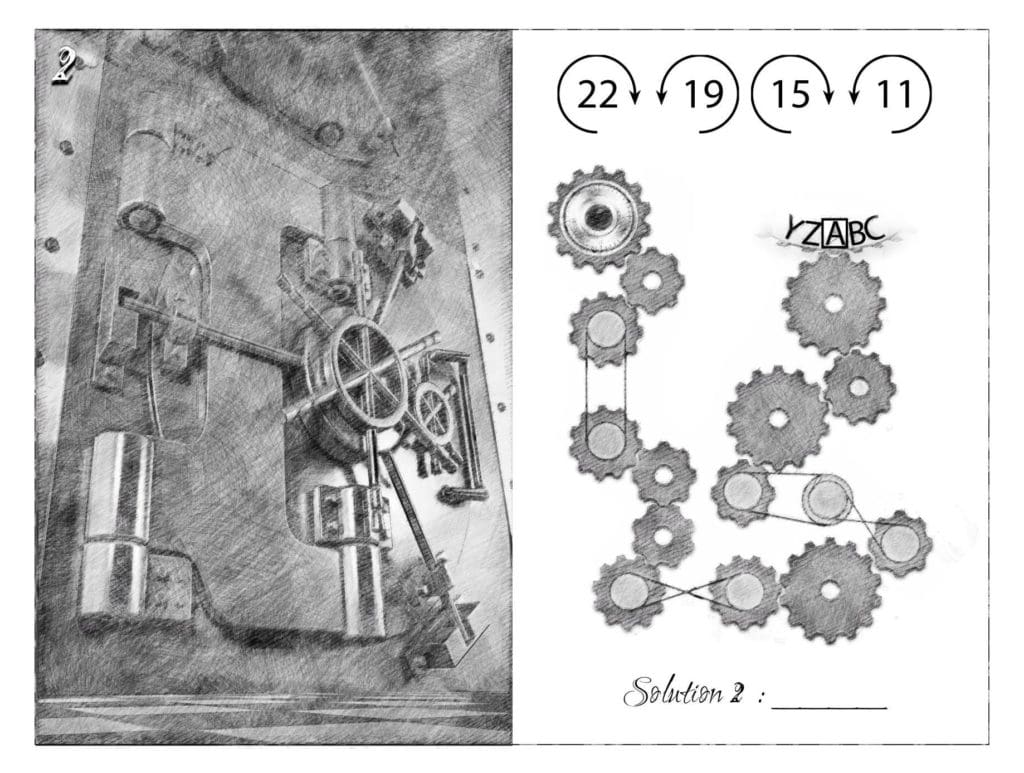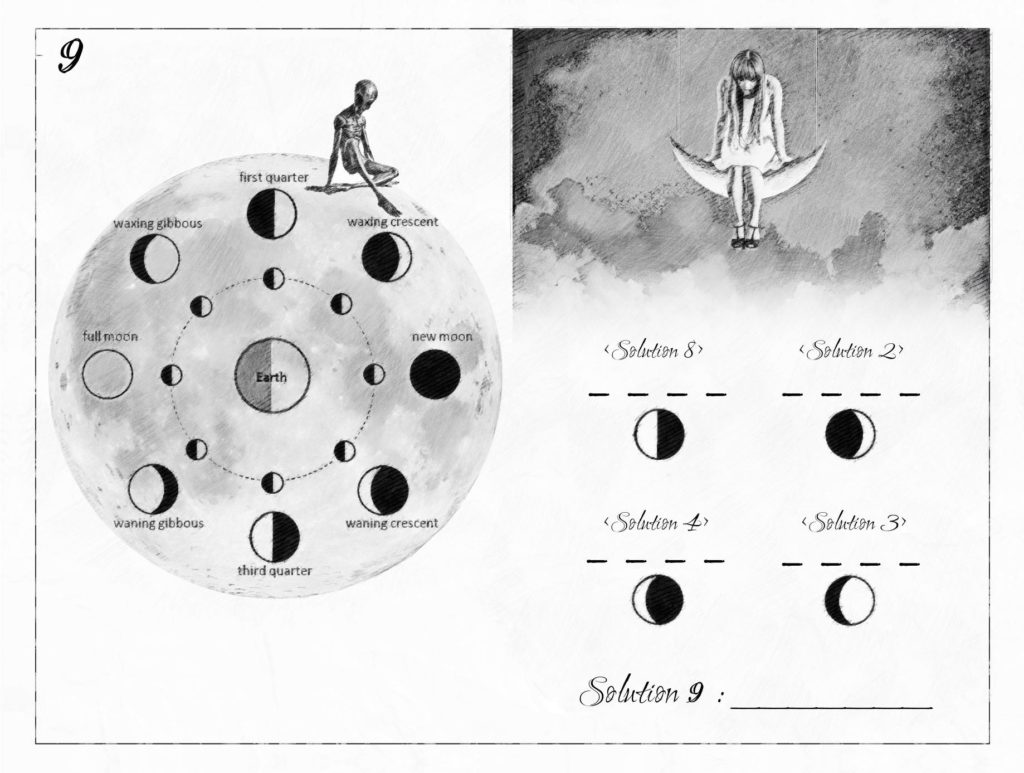Athletics Competition
An athletics competition, organized periodically, rewards a medal to 79 winners, 47 runner-ups, and an indeterminate number of third places. If 50 cans of drink are served for refreshment, how many policemen are needed to keep order?
The numbers are references to elements in the periodic table. 79 is the number of Gold, 47 is the number of Silver, 50 is the number of Tin, and Bronze is not in the periodic table. Since 29 is the number of Copper, it should be the correct answer.












